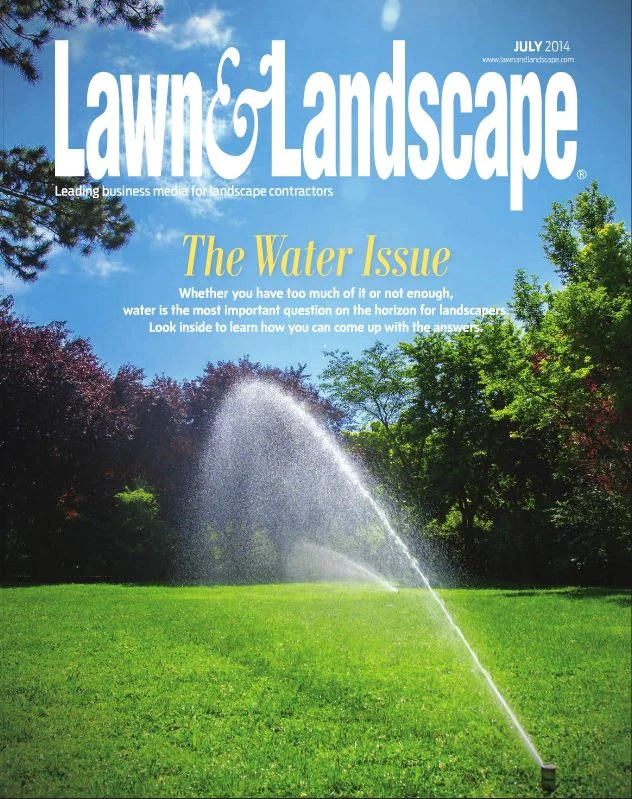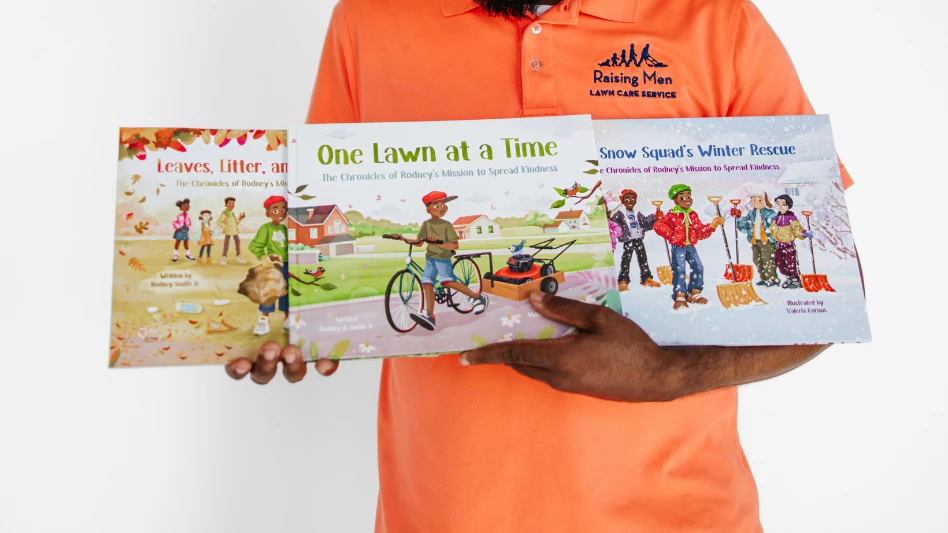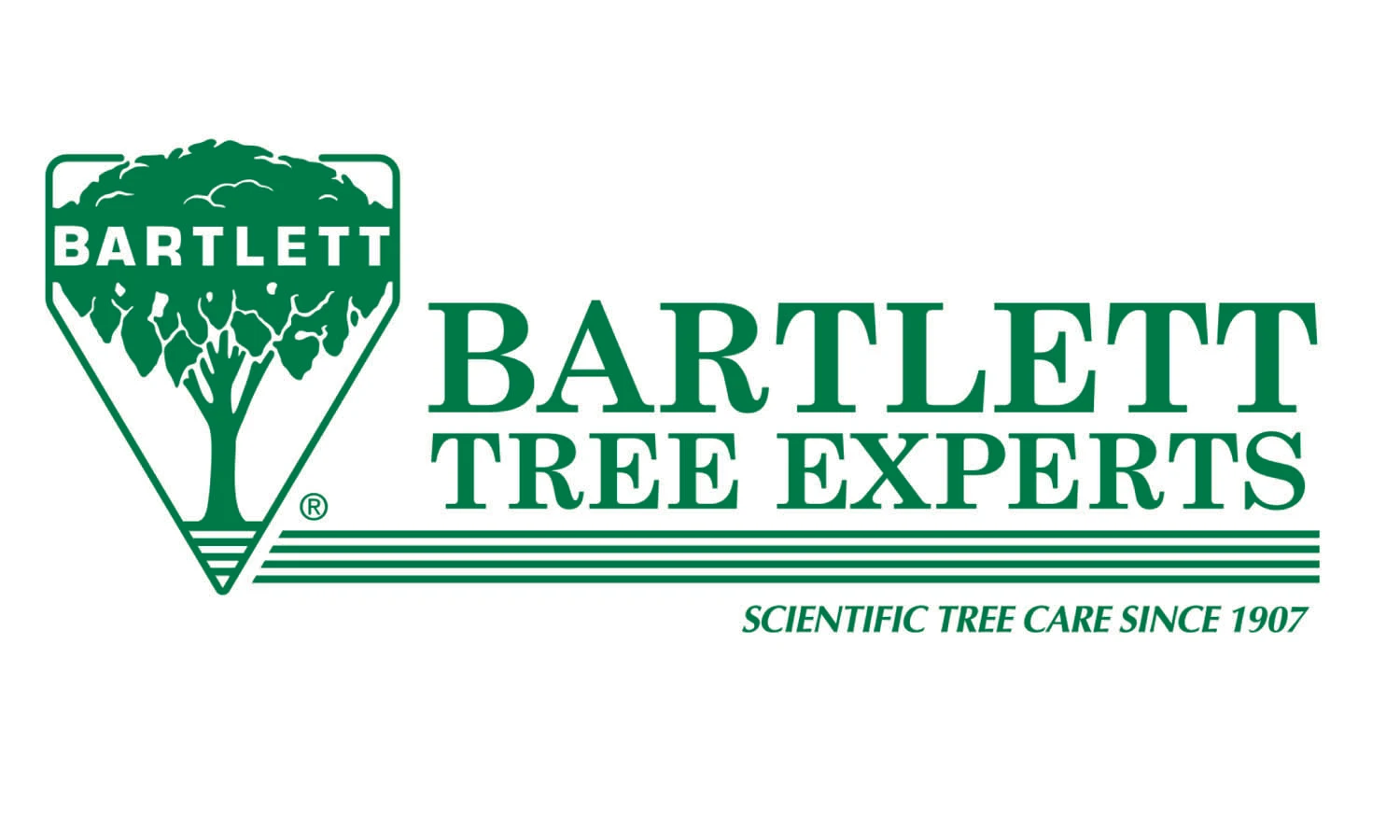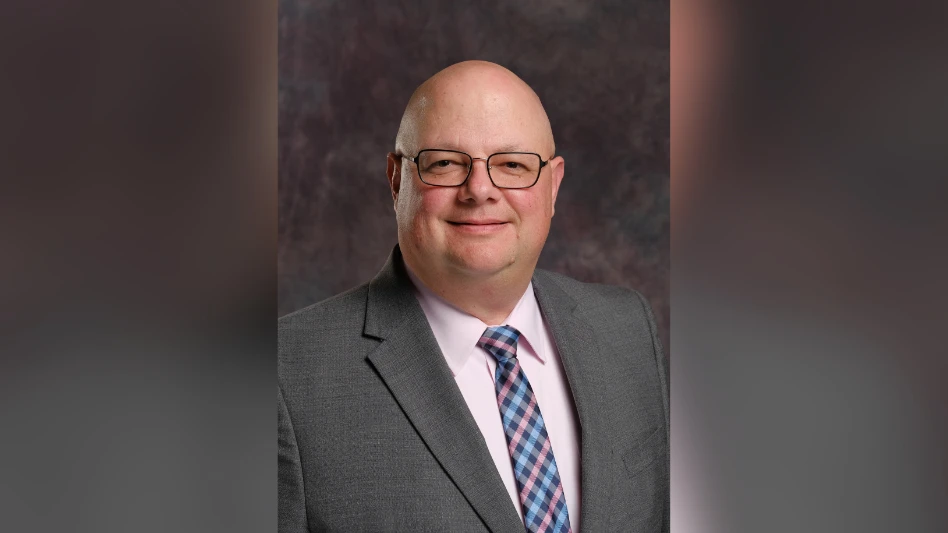
|
|
The Pareto Principle is named after the Italian economist and mathematician, Vilfredo Pareto, who found in 1906 that 80 percent of the land in Italy was owned by 20 percent of the population. Today the Pareto Principle is also known as the 80-20 rule and I like to translate it as it relates to us landscapers: 80 percent of our business comes from 20 percent of our clients. I think if more of us understood and believed in this principle, we could improve our businesses. I have taught the value of the Pareto Principle for more than 15 years at my conferences and seminars. Recently, one of my best clients called to tell me the findings of the analysis of his clients and how much they spend with him. He told me of the $5 million in sales the company made, 79 percent of that revenue came from 21 percent of his clients. He was shocked how close the principle he heard me teach was for his business. However, after this revelation was another one he had and that’s the lesson I’d like to share this month. He went on to dig into the numbers more and found that 52 percent of the bills that went out for his company generated 2 percent of the business. About $98,000 in billing came from 52 percent of the invoices! We talked about this and the administrative time that goes into billing and the other readiness factors, as most of them were irrigation start-ups and other small things. I told him to think about what he could use that time for. I asked if he felt the 21 percent of his clients that were bringing in 79 percent of his revenue were well taken care of. I asked if he thought it would make sense to tell the 52 percent that they needed to sign up for more services for him to continue to do the small jobs. Analyze the numbers.Now I may have lost you a little bit with all the back and forth, but there’s a great lesson here. In our shop, above the board we use to share our financial progress with the whole team, are the words, “What gets measured, can be improved’.” That was given to us by Seth, one of our young sales professionals that does an awesome job for us. I liked it so much, we had a sign made with those words. So, the lesson this month is, “measure things.” See how you are doing against the industry. Have a scoreboard and, by all means, keep it simple. We can get so caught up in the day to day that we don’t take time to see if the results we are getting are in alignment with our strategy. We are growing Grunder Landscaping Co. To grow the correct way we need to know very clearly who our ideal client is and our ideal client is not a transactional client, it’s a relational one. A transactional client is one who calls us here and there, is always looking for the best price. They have no loyalty and treat landscaping, or anything that relates to the landscape, as a necessary to-do list item. A relational client is one who values quality, wants to know you, is loyal, isn’t always looking for the best price, but is looking for trust. The latter is where we make money. We charge a $100 consultation fee to go meet with someone and share our expertise, and we have a minimum job with a new client of $1,500. About two or three times a year, out of about 1,000 calls, we have someone hang up on us or tell us we don’t know what we’re doing. If you told my salespeople we were going to start doing free estimates, they would start a riot of epic proportions. They know who our ideal client is; they know where 80 percent of our revenue comes from and they want to be working with people who have the potential to become an ideal client. A clear message.For the first 15 years of my business, I went out and saw just about everyone and my sales, profits and frustrations reflected that. For the last 15 years, I have focused on the type of people that bring in 80 percent of our business and it works for many reasons. For one, it brings clarity to my sales team as to what type of people we want to do business with. My whole sales team recently went through some pretty extensive sales training and one of the points the instructor made was that you should close 100 percent of all the calls you go on. When I heard that, I said, “What kind of a sales trainer thinks you can close 100 percent of the calls you go on?” After I finished up the training and we refined our approach some, I had to agree with his assessment. If you know who your ideal client is, if you know the type of clients that bring you 80 percent of your revenue, you screen prospects so you see that they could be great clients. We’ll talk more about screening clients next month. For now, go find out where you are making the most money; identify the clients that bring you in the most money; identify the ones you like working with and look at the ones that cause trouble all the time. Then, have your accountant or bookkeeper tell you where your revenue came from the last couple of years, list the top 50 clients and make sure you are taking care of them and think about how you might attract more of them. The Pareto Principle is a great philosophy ... if you use it! Marty Grunder is a speaker, consultant and author; he owns Grunder Landscaping Co. See www.martygrunder.com; mail mgrunder@giemedia.com. |

Explore the July 2014 Issue
Check out more from this issue and find your next story to read.
Latest from Lawn & Landscape
- ICE: its impact on the green industry
- PBI-Gordon adds Kevin Laycock to vice president role
- What you'll see at Lawn & Landscape's Technology Conference
- TruArc Partners acquires Schill Grounds Management
- Perennial Services Group recapitalizes with Brentwood, Tenex
- Our first issue of 2026 is live
- Senske's Emerald Lawns adds Greenup Lawn and Shrub Care
- Giving back with words






